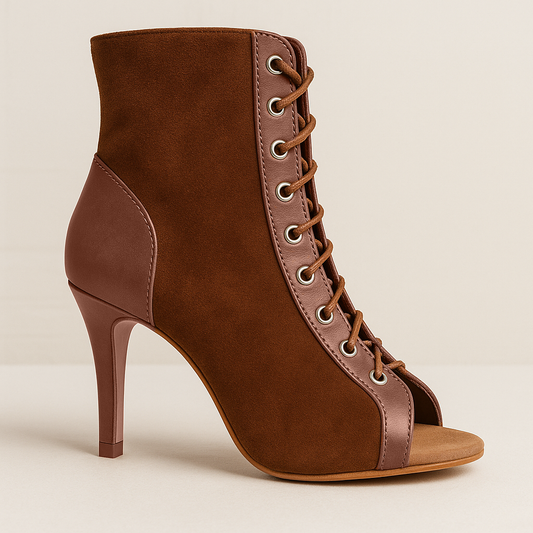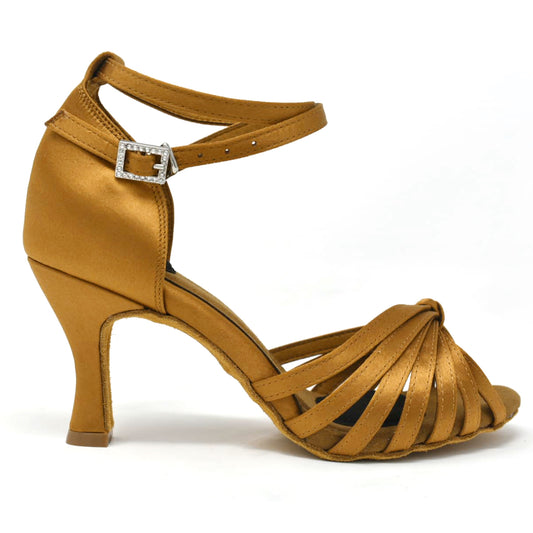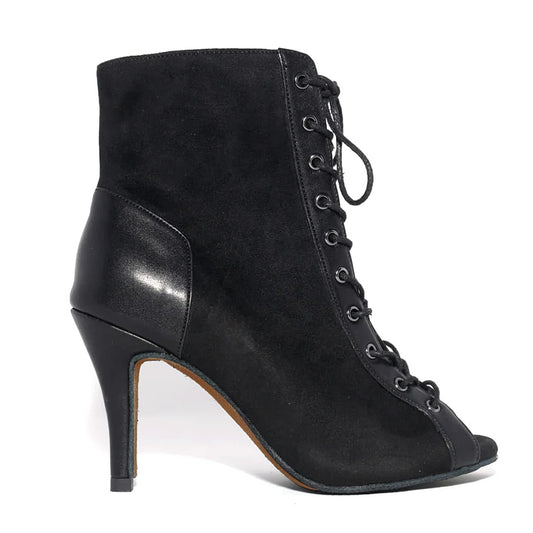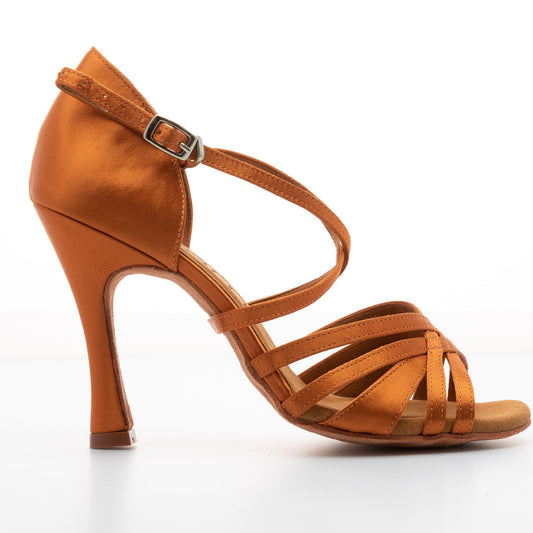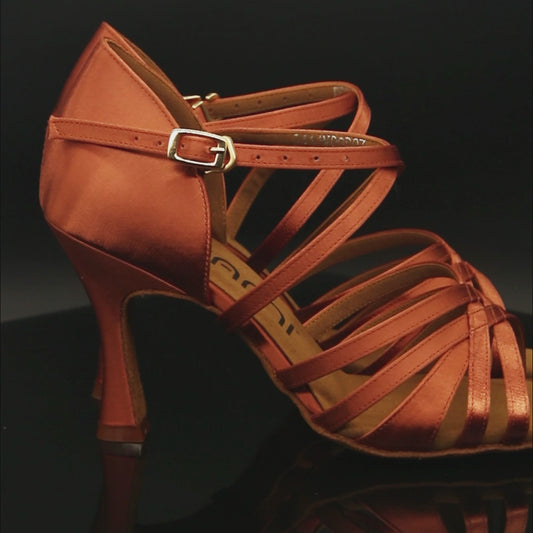
Photo Credit: East Idaho News
If you’ve ever woken up with sharp pain in your heel or felt discomfort after a long night of dancing, you might be dealing with plantar fasciitis—one of the most common foot conditions among dancers.
Your feet are the foundation of every movement you make, and wearing the wrong dance shoes can lead to serious foot strain, discomfort, and even long-term injuries. The good news? With the right footwear, proper stretching, and foot-strengthening exercises, you can keep your feet pain-free and dance-ready for years to come.
What is the Plantar Fascia?
The plantar fascia is a thick band of connective tissue that runs from your heel to the base of your toes. It plays a critical role in supporting the arch of your foot and absorbing shock as you move.
Photo Credit: Daniel C. Eby, D.O. PC - Orthopedic Surgery & Sports Medicine
Dancers put extra stress on their plantar fascia due to:
- Hours of weight-bearing movements
- Frequent spinning and turning
- Wearing high heels or narrow shoes
- Dancing on hard or uneven surfaces
Without proper care and support, this strain can lead to plantar fasciitis, a painful condition that can make even walking uncomfortable—let alone dancing!
What is Plantar Fasciitis?
Plantar fasciitis is caused by inflammation and micro-tears in the plantar fascia due to excessive strain. The most common symptom is a sharp, stabbing pain in the heel, particularly:

Photo Credit: Regenexx
- First thing in the morning (after your feet have been at rest all night)
- After long periods of standing or dancing
- Following intense activity without proper stretching
- If left untreated, plantar fasciitis can lead to chronic foot pain, affecting your ability to dance and perform at your best.
How Dancers Can Prevent & Manage Plantar Fasciitis
The good news? Plantar fasciitis is preventable with the right habits and footwear. Follow these steps to protect your feet and keep dancing pain-free.
1. Wear Dance Shoes Designed for Foot Health
Not all dance shoes are created equal! Choosing shoes with proper support and cushioning is the first line of defense against plantar fasciitis.
Why Yami Spinsoles Dance Sneakers Are the Best Choice:
✅Thick padded insole to absorb shock and reduce strain
✅Ergonomic outer sole made from specialized materials to allow smooth spins without gripping the floor and straining your knees
✅ Arch-supporting design to reduce stress on the plantar fascia
✅ Lightweight, ergonomic construction that stabilizes your feet while dancing
✅ Breathable materials to keep your feet cool and comfortable
Unlike regular sneakers or traditional dance shoes with thin, unsupportive soles, Yami Spinsoles provide the protection your feet need—whether you're spinning on the dance floor or walking through the city.
🔗 Shop Yami Spinsoles Now and keep your feet happy!
2. Stretch Your Feet Regularly
Dancers often stretch their legs and back, but foot flexibility is just as important! Keep your plantar fascia healthy with these simple stretches: Photo Credit: Quick Quick Slow
Photo Credit: Quick Quick Slow
Calf Stretch: Stand with one foot behind the other and push against a wall, keeping your back heel flat. Hold for 30 seconds.
Plantar Fascia Stretch: Sit down and pull your toes back towards your shin, feeling a stretch in the arch of your foot.
Towel Stretch: Sit with your legs extended and loop a towel around the ball of your foot, pulling gently.
Pro tip: Stretch first thing in the morning to reduce morning heel pain!
3. Strengthen Your Foot and Ankle Muscles
Strong feet = better arch support! Add these quick exercises to your daily routine: Photo Credit: Algeos
Photo Credit: Algeos
✅Toe Curls: Pick up a small towel with your toes and hold for 10 seconds.
✅Foot Doming: Press the ball of your foot down while lifting your arch, keeping your toes relaxed.
✅Heel Raises: Stand on the edge of a step and slowly raise and lower your heels.
These exercises help stabilize your plantar fascia and protect against strain during dancing.
4. Massage & Roll Out Your Feet
After a long night of dancing, treat your feet to a self-massage to relieve tension in the plantar fascia. Photo Credit: Spooner
Photo Credit: Spooner
How to Roll Out Your Feet:
- Take a frozen water bottle or massage ball and roll it under your foot for 1-2 minutes.
- Apply gentle pressure, especially in the arch and heel areas.
- Do this daily for pain relief and improved circulation.
5. Listen to Your Feet
Pain is your body’s way of telling you something is wrong! If you start feeling discomfort in your heels or arches: Photo Credit: Care Plus Foot & Ankle Specialists
Photo Credit: Care Plus Foot & Ankle Specialists
✅ Take breaks between long dance sessions.
✅ Switch to supportive shoes like Spinsoles whenever possible.
✅ Use ice and massage to reduce inflammation.
Ignoring early signs of plantar fasciitis can lead to a longer recovery time, so act early to protect your feet!
Keep Dancing—Pain-Free!
Your feet work hard to keep you moving, so treat them with care! By wearing the right dance shoes, stretching daily, strengthening your foot muscles, and giving your feet regular massages, you can avoid plantar fasciitis and keep dancing for years to come.
Don’t let foot pain stop you from doing what you love! Upgrade your footwear today and protect your feet with Spinsoles Dance Sneakers.
🔗 Get Yours Today and dance smarter, stronger, and pain-free!


